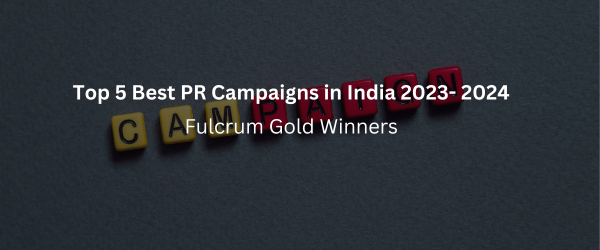Rise Of Video Podcasts In India
October 3, 2017Four Steps for Effective Communication
October 5, 2017Recalling Masterclasses at Ketchum Sampark, Amy Crasto, Class of 2017, shares her learning on Brand Media Tracking in PR.
As part of our post graduate Public Relations programme at SCoRe, we have been going to various PR firms to spend some time and get first-hand practical experience of brand reputation management. During this PR Consultancy Exposure period, we have visited firms like Avian Media and Ketchum Sampark so far and the experience has been delightful!
Today was my third day at Ketchum Sampark and I was taught ‘media tracking’ which I found very interesting. From days to just being told what it was about, I finally got to see how it is actually done. Our day started with each one of us assigned to different employees who would show us how to track news coverage about the brand that they were handling.
The employee that I was assigned to was this smart and sweet lady who has worked in PR for the past eight years and so was very knowledgeable about the field. She explained how media tracking is done so that the client knows where his brand is getting visibility.
She gave me a little background about the brand and then she showed me how she uses ‘Cirrus’, which is one of the online tracking tools used to track media coverage of a brand.
She told me about how in order to track news coverage, you first need to feed in various key words that will help you to find what you are looking for. These key words act like hooks that fish out news coverage of a particular brand mentioned in the sea of information available in the online space.
The news coverage is of three types:
‘Direct Coverage’: This is the coverage of the brand you are working with.
‘Competition Coverage’: This is the coverage of all the other brands that are in competition with the brand that you are working with.
‘Industrial Coverage’: This is the coverage that is related to the entire industry that the brand belongs to.
Once you do that, Cirrus tracks all news coverage and accumulates them together on a page or pages depending on the quantity of coverage acquired. A PR consultant then reads through all of the matter and then selects the ones that are relevant to the brand and the client.
Many a times, you will find that the same news has been covered by multiple media, and so the media that has a higher rank is selected. For example, a coverage by Times of India would be chosen over the same coverage by a Lokmat.
Once the relevant news is selected, it is then automatically bifurcated by Cirrus and placed in each bucket, i.e. Is it Direct, Competition or Industrial coverage.
This bifurcation is then put into an email and sent to the client. Hence, the client gets an overall view about his brand, where it stands with its competitors and how the industry is doing.
She also spoke about how after this tracking is complete; the consultants have to keep a weekly report where they talk about all the work like press releases, etc. already done and the work that is in progress for that brand. Then they also make a monthly report which is made in a power-point presentation which comes to use when the client wishes to see how much is done in that specific time.
So even though we have been told about what media tracking is, getting the opportunity to see how it is done was a great learning experience that I thoroughly enjoyed.
– Amy Crasto
 Amy is a Post Graduate in Public Relations from School of COmmunications & REputation (SCoRe), #ClassOf2017. Amy holds a Bachelor’s degree in Arts and Sociology from St. Xavier’s College, Mumbai. After SCoRe, Amy went on to intern with Genesis Burson Marstellar, one of India’s leading public relations firms.
Amy is a Post Graduate in Public Relations from School of COmmunications & REputation (SCoRe), #ClassOf2017. Amy holds a Bachelor’s degree in Arts and Sociology from St. Xavier’s College, Mumbai. After SCoRe, Amy went on to intern with Genesis Burson Marstellar, one of India’s leading public relations firms.
She can be reached @Crasto_Amy on Twitter and as Amy Crasto on LinkedIn



